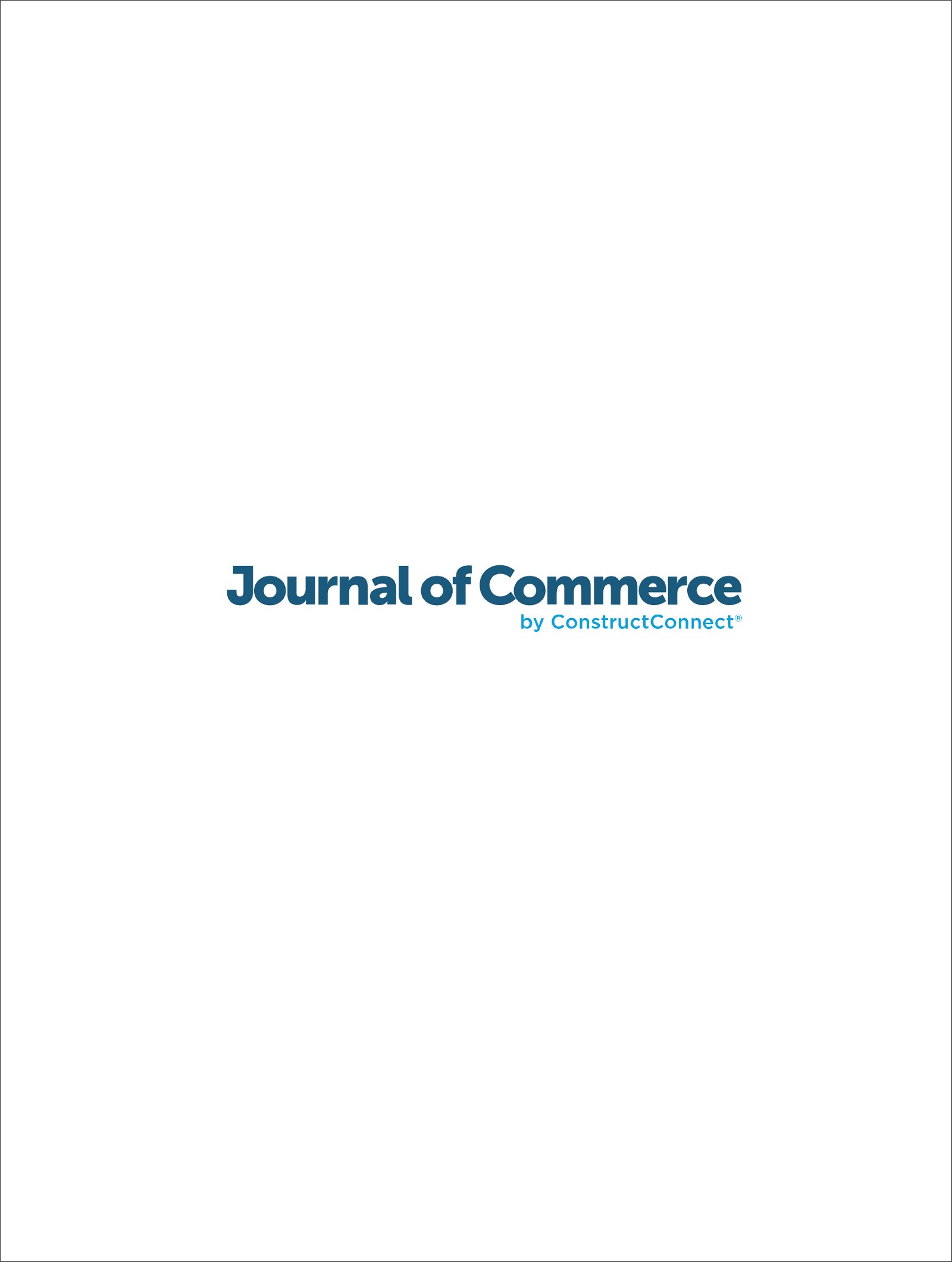B.C. Building Code changes to impact seismic design

Journal of Commerce by ConstructConnect | November 8, 2023
Leon Plett, P.Eng., MIStructE, Struct.Eng., LEED® AP | Managing Principal
Anticipated changes to the B.C. Building Code (BCBC) are expected to affect the seismic design of new and retrofitted structures and likely escalate costs for developers, particularly for projects on Vancouver Island, warns Leon Plett, a structural engineer and managing principal at RJC Engineers in Victoria.
“When the design for seismic loads increase, that means the strength of the building has to increase to accommodate those greater loads,” he explains. “So, in a concrete tower where you might have a reinforced concrete core sitting on caissons or a large footing, those core walls, for instance, will go from a metre thick under the current code to something like 1.5 metres in the future code.
“We’ve run cost-analysis for a typical 30-storey residential building in Victoria and the increase is about $1.2 million in hard costs. The building has to be that much larger so there’s another
$1 million in lost square footage. Two to $2.5 million on a 200-unit residential building is quite significant.”
Plett, who leads the Victoria structural engineering team at RJC, says changes to the BCBC were supposed to come into force in December but have been pushed back to 2024.
The BCBC dictates how new construction, building alterations, repairs and demolitions are done to all buildings in B.C., except for the City of Vancouver which has its own building bylaw, Treaty First Nations that do not reference the building code in their agreements, and federal lands under the National Building Code.
Plett says the changes are coming because geophysicists have determined there is an increase in the seismic hazard level due to their discovery of more frequent earthquakes in B.C.’s geological record.
“Our geophysicists and geologists are working on this all the time. They’re doing seabed evaluations, looking at crustal movements and doing all of that stuff. As their knowledge increases, it feeds into the risk.”